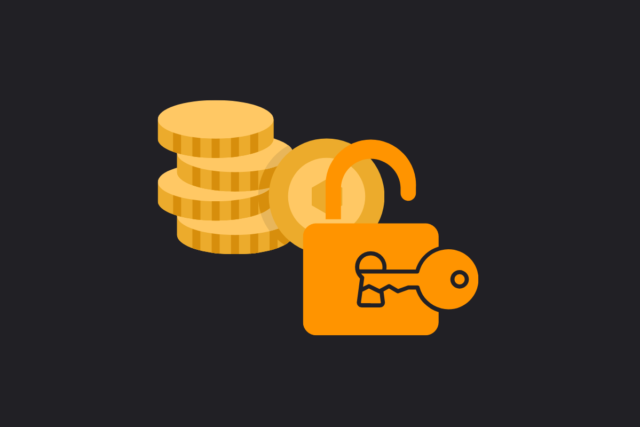- The Canadian dollar was boosted by a weakening US dollar following the Fed’s decision.
- Canada remains underrepresented on the economic calendar.
- Markets in general remain more interested in other avenues following the Fed cut.
The Canadian Dollar (CAD) remains broadly weaker on Thursday, although the CAD managed to gain a stronger footing against the US Dollar, with the USD taking a beating after the Federal Reserve (Fed) cut interest rates for the first time in four years by a whopping 50 basis points.
Canada is in a lull between key data releases after having published the latest Consumer Price Index (CPI) figures earlier in the week. All that remains on the economic data agenda for the CAD this week are mid-level July retail sales figures on Friday, too late for anyone to do anything about them. Bank of Canada (BoC) Governor Tiff Macklem is also scheduled to make an appearance on Friday, but the limited scope of the speech will likely not attract much attention.
Market drivers
- The Canadian dollar is generally weaker on an underperforming Thursday, but still managed to gain about a third of a percent against the US dollar.
- The Fed’s jumbo 50-basis-point rate cut this week was portrayed as a “recalibration” by Fed Chair Jerome Powell, who described it as an early move to shore up the US labor market, rather than a quick reaction to deteriorating US economic indicators.
- BoC Governor Tiff Macklem will speak early Friday at the National Bureau of Economic Research’s Economics of Artificial Intelligence Conference in Toronto. There is unlikely to be much discussion of monetary policy.
- Canadian retail sales for July are expected to remain stable on an annual basis of around 0.3% year-over-year.
- Canadian CPI figures released earlier this week did little to galvanize market confidence in the state of the Canadian economy after headline inflation fell to 2.0% year-on-year from 2.5% previously.
Canadian Dollar Price Forecast
The Canadian Dollar found some momentum to gain ground against the US Dollar on Thursday, gaining around 0.35%, but any CAD strength is purely a result of USD selling and has not spilled over to other major currencies. USD/CAD has been lower due to risk appetite in the broader market, leading the pair to decline from recent congestion just south of the 200-day exponential moving average (EMA) near 1.3600.
However, extended short squeeze remains a risky play with the pair trading so close to the August low at 1.3450, and the upside looks equally overcrowded as technical resistance remains strong above 1.3600.
USD/CAD daily chart
The Canadian Dollar
The key factors determining the Canadian dollar (CAD) are the level of interest rates set by the Bank of Canada (BoC), the price of oil, Canada’s main export, the health of its economy, inflation and the trade balance, which is the difference between the value of Canadian exports and its imports. Other factors include market sentiment, i.e. whether investors are betting on riskier assets (risk-on) or looking for safe assets (risk-off), with risk-on being positive for the CAD. As its largest trading partner, the health of the US economy is also a key factor influencing the Canadian dollar.
The Bank of Canada (BoC) exerts significant influence over the Canadian dollar by setting the level of interest rates that banks can lend to each other. This influences the level of interest rates for everyone. The BoC’s main objective is to keep inflation between 1% and 3% by adjusting interest rates up or down. Relatively high interest rates are generally positive for the CAD. The Bank of Canada can also use quantitative easing and tightening to influence credit conditions, with the former being negative for the CAD and the latter being positive for the CAD.
The price of oil is a key factor influencing the value of the Canadian dollar. Oil is Canada’s largest export, so the price of oil tends to have an immediate impact on the value of the CAD. Generally, if the price of oil rises, the CAD rises as well, as aggregate demand for the currency increases. The opposite occurs if the price of oil falls. Higher oil prices also tend to lead to a higher probability of a positive trade balance, which also supports the CAD.
Although inflation has traditionally always been considered a negative factor for a currency, as it reduces the value of money, the opposite has actually occurred in modern times, with the relaxation of cross-border capital controls. Higher inflation typically leads central banks to raise interest rates, which attracts more capital inflows from global investors looking for a lucrative place to store their money. This increases demand for the local currency, which in Canada’s case is the Canadian dollar.
The released macroeconomic data measures the health of the economy and can have an impact on the Canadian Dollar. Indicators such as GDP, manufacturing and services PMIs, employment and consumer confidence surveys can influence the direction of the CAD. A strong economy is good for the Canadian Dollar. Not only does it attract more foreign investment, but it can encourage the Bank of Canada to raise interest rates, which translates into a stronger currency. However, if the economic data is weak, the CAD is likely to fall.
Source: Fx Street
I am Joshua Winder, a senior-level journalist and editor at World Stock Market. I specialize in covering news related to the stock market and economic trends. With more than 8 years of experience in this field, I have become an expert in financial reporting.







